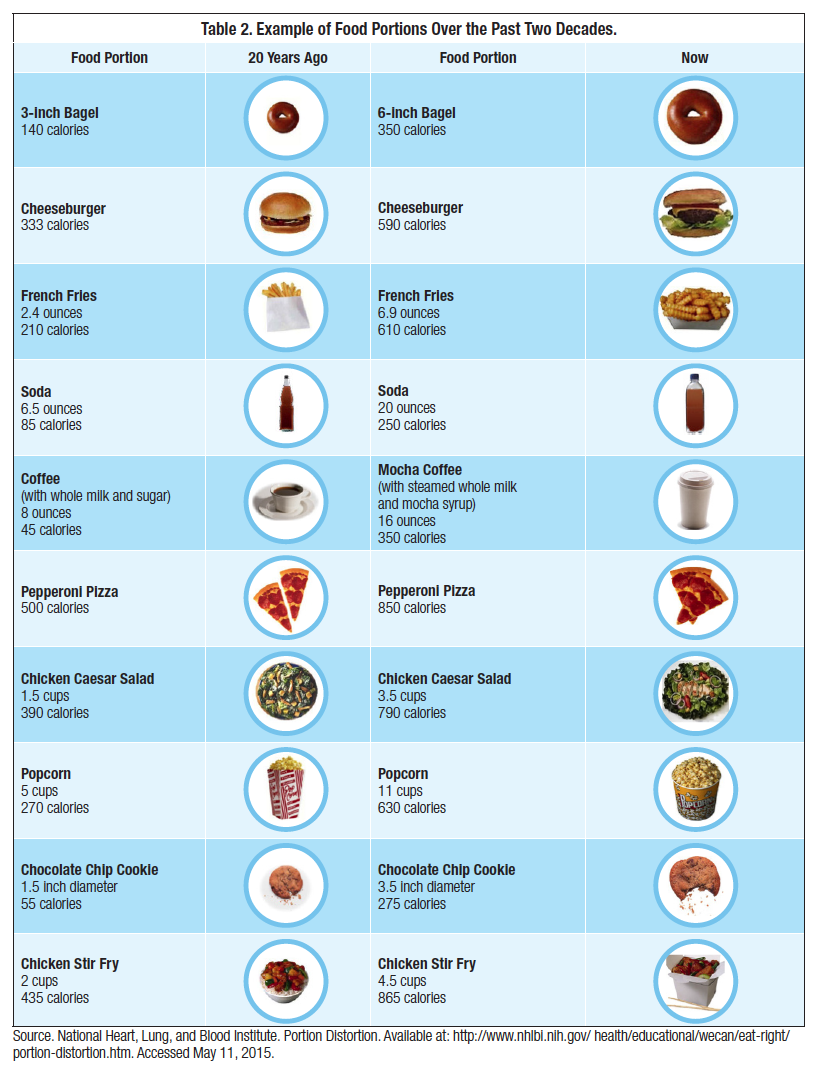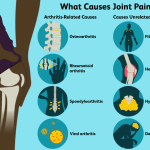Are you curious to discover the secret to pain relief? Well, look no further than your plate! Yes, that’s right, your diet could be playing a significant role in alleviating those pesky aches and pains. From joint pain to migraines, the food you consume can have a powerful impact on your body’s ability to manage and reduce pain. So, let’s dive into the fascinating world of nutrition and explore the question: What role does diet play in pain relief?
When it comes to pain relief, it’s not just about popping a pill or applying a topical cream. Your diet can be a natural and effective way to manage pain and promote overall wellbeing. By nourishing your body with the right nutrients, you can support inflammation reduction, enhance tissue repair, and boost your body’s natural pain-fighting mechanisms. From anti-inflammatory foods to pain-soothing spices, there are numerous dietary strategies that can help you find relief. So, get ready to discover the tasty and healing potential of your plate as we delve into the connection between diet and pain relief.
Understanding the Role of Diet in Pain Relief
Diet plays a crucial role in overall health, and it can also have a significant impact on pain relief. Many studies have shown that certain foods and nutrients can help reduce inflammation, alleviate pain, and promote healing. By making mindful choices about what we eat, we can support our body’s natural healing processes and potentially find relief from chronic pain. In this article, we will explore the relationship between diet and pain relief, highlighting key foods, nutrients, and lifestyle factors that can contribute to a healthier, pain-free life.
The Impact of Inflammation on Pain
Inflammation is a natural response of the body to injury or infection, but when it becomes chronic, it can contribute to pain and various health conditions. Certain foods can either promote or reduce inflammation in the body, making it essential to choose a diet that supports an anti-inflammatory response. One key component of an anti-inflammatory diet is the inclusion of foods rich in omega-3 fatty acids, such as fatty fish (salmon, mackerel, sardines) and walnuts. These foods contain potent anti-inflammatory properties that can help reduce pain and inflammation.
The Benefits of Antioxidants
Antioxidants are compounds that protect the body from free radicals, which are unstable molecules that can cause damage to cells and contribute to inflammation. Including a variety of colorful fruits and vegetables in your diet can provide a wide range of antioxidants, such as vitamin C, vitamin E, and beta-carotene. Berries, leafy greens, and citrus fruits are particularly rich in these beneficial compounds. By incorporating antioxidant-rich foods into your meals, you can help combat oxidative stress and promote pain relief.
The Role of Spices and Herbs
Spices and herbs not only add flavor to our meals but can also provide significant health benefits. Turmeric, ginger, and garlic, for example, have powerful anti-inflammatory properties that can help reduce pain and inflammation. Turmeric contains a compound called curcumin, which has been extensively studied for its potential pain-relieving effects. Adding these spices and herbs to your dishes can not only enhance the taste but also provide natural pain relief.
The Importance of a Balanced Diet
While specific foods and nutrients can have a direct impact on pain relief, it is essential to emphasize the overall balance of your diet. A well-rounded eating plan that includes a variety of whole foods is crucial for providing the body with essential nutrients for optimal health and pain management. Eating a rainbow of fruits and vegetables, incorporating lean proteins, whole grains, and healthy fats, and staying hydrated are all key components of a balanced diet that supports pain relief.
The Power of Hydration
Staying adequately hydrated is often overlooked but plays a vital role in pain management. Water helps maintain the balance of bodily fluids, cushions joints, and supports overall bodily functions. Dehydration can exacerbate pain and lead to increased inflammation. Aim to drink at least eight glasses of water a day, and consider incorporating hydrating foods, such as watermelon and cucumber, into your meals.
The Benefits of a Plant-Based Diet
Research has shown that adopting a plant-based diet can have numerous health benefits, including reduced pain and inflammation. Plant-based diets are rich in fiber, antioxidants, and phytochemicals, all of which can contribute to pain relief. By focusing on whole grains, legumes, fruits, vegetables, nuts, and seeds, you can provide your body with the necessary nutrients to support pain management.
Additional Lifestyle Factors to Consider
While diet plays a crucial role in pain relief, it is important to consider other lifestyle factors that can contribute to overall well-being. Regular exercise, stress management, and sufficient sleep are all essential components of a healthy lifestyle that can support pain management. Engaging in low-impact exercises, such as yoga or swimming, can help improve flexibility, reduce inflammation, and promote pain relief. Additionally, managing stress through techniques like meditation or deep breathing exercises can help alleviate pain symptoms.
The Role of Supplements
In some cases, dietary supplements may be beneficial for pain relief. Omega-3 fatty acid supplements, turmeric capsules, and ginger extract are among the options that have shown promise in reducing pain and inflammation. However, it is important to consult with a healthcare professional before starting any new supplement regimen to ensure safety and efficacy.
The Importance of Personalized Nutrition
It is essential to remember that everyone’s nutritional needs are unique. What works for one person may not work for another. Consulting with a registered dietitian or healthcare professional can provide personalized guidance and support in developing an individualized nutrition plan that addresses your specific pain management needs.
By understanding the role of diet in pain relief and making informed choices about what we eat, we can actively support our body’s healing processes and potentially find relief from chronic pain. Incorporating anti-inflammatory foods, antioxidants, and spices into our diet, maintaining a balanced eating plan, and considering other lifestyle factors can all contribute to a healthier, pain-free life. Remember to always prioritize your overall well-being and consult with healthcare professionals for personalized advice.
Key Takeaways: What Role Does Diet Play in Pain Relief?
- Eating a healthy diet can help reduce inflammation, which may alleviate pain.
- Avoiding processed foods high in sugar and saturated fats can contribute to pain relief.
- Incorporating anti-inflammatory foods like fruits, vegetables, and omega-3 fatty acids can be beneficial for pain management.
- Staying hydrated by drinking enough water can help with overall pain relief.
- Consulting with a healthcare professional or nutritionist can provide personalized guidance on the best diet for pain relief.
Frequently Asked Questions
In the quest for pain relief, many individuals wonder about the role of diet in managing their discomfort. This article aims to address some common questions related to the impact of diet on pain relief.
1. Can diet really help alleviate pain?
Yes, diet can play a significant role in alleviating pain. Certain foods possess anti-inflammatory properties, which can help reduce inflammation and subsequently relieve pain. Additionally, maintaining a healthy body weight through a balanced diet can reduce the strain on joints and muscles, leading to decreased pain levels.
Furthermore, a well-nourished body is better equipped to handle and recover from pain. Consuming a diet rich in essential nutrients can support the body’s natural healing processes and promote overall well-being, which can indirectly contribute to pain relief.
2. What types of foods should I include in my pain-relieving diet?
When it comes to pain relief, incorporating anti-inflammatory foods into your diet is crucial. These foods include fatty fish like salmon and tuna, which are high in omega-3 fatty acids known for their anti-inflammatory properties. Other beneficial foods include fruits and vegetables, especially those rich in antioxidants like berries and leafy greens.
Whole grains, nuts, and seeds are also beneficial due to their high fiber content, which can help reduce inflammation. Additionally, herbs and spices such as turmeric, ginger, and garlic have been shown to possess anti-inflammatory properties and can be incorporated into meals for added pain relief benefits.
3. Are there any foods I should avoid for pain relief?
While certain foods can help alleviate pain, others can exacerbate it. Foods high in refined sugars and processed carbohydrates have been linked to increased inflammation and can contribute to heightened pain levels. It is advisable to limit the consumption of sugary snacks, sodas, and refined grains like white bread and pasta.
Furthermore, some individuals may find that certain foods trigger or worsen their pain. It can be helpful to keep a food diary and note any correlations between specific foods and increased pain levels. This way, you can identify and avoid potential triggers that may exacerbate your discomfort.
4. Can dietary supplements aid in pain relief?
Dietary supplements can be a valuable addition to a pain-relieving diet. Omega-3 fatty acid supplements, such as fish oil capsules, can provide a concentrated dose of anti-inflammatory properties. However, it is essential to consult with a healthcare professional before starting any new supplements, as they can interact with medications or have contraindications for certain health conditions.
Additionally, supplements such as turmeric or ginger capsules may provide additional pain relief benefits. Again, it is crucial to seek guidance from a healthcare professional to ensure the appropriate dosage and safety of these supplements.
5. How long does it take for dietary changes to have an effect on pain relief?
The timeframe for experiencing the effects of dietary changes on pain relief can vary from person to person. Some individuals may notice improvements relatively quickly, while others may require more time. It is important to remember that dietary changes should be viewed as a long-term strategy rather than a quick fix.
Consistency is key when it comes to reaping the benefits of a pain-relieving diet. It may take several weeks or even months of adhering to a balanced, anti-inflammatory diet before significant improvements in pain levels are observed. Patience and persistence are crucial in allowing the body to adapt and heal.
#066 Anti inflammatory food diet for chronic inflammation, chronic pain and arthritis
Final Summary: The Power of Diet in Pain Relief
When it comes to finding relief from pain, it’s easy to overlook the role that diet plays in our overall well-being. However, emerging research and anecdotal evidence suggest that what we eat can have a significant impact on our pain levels. While there is no one-size-fits-all approach, incorporating certain foods into our diet and making mindful choices can potentially alleviate pain and promote healing.
The first step in harnessing the power of diet for pain relief is to focus on anti-inflammatory foods. These include fruits and vegetables, whole grains, fatty fish like salmon and mackerel, nuts, and seeds. These foods are rich in antioxidants and omega-3 fatty acids, which can help reduce inflammation in the body. Additionally, incorporating spices like turmeric and ginger into our meals can provide natural pain relief due to their anti-inflammatory properties.
Another key aspect of pain relief through diet is maintaining a healthy weight. Excess weight places additional stress on our joints, leading to increased pain and discomfort. By adopting a balanced, nutritious diet and engaging in regular physical activity, we can achieve and maintain a healthy weight, reducing the strain on our bodies.
While diet alone may not be a cure-all for pain, it can certainly play a significant role in managing and reducing discomfort. By making mindful choices and incorporating anti-inflammatory foods into our meals, we can support our bodies’ natural healing processes and potentially find relief from pain. So, let’s remember the old adage, “You are what you eat,” and make conscious decisions to nourish our bodies and promote overall well-being.




